November 20
12 min. to read
How to Format SD Card on Mac
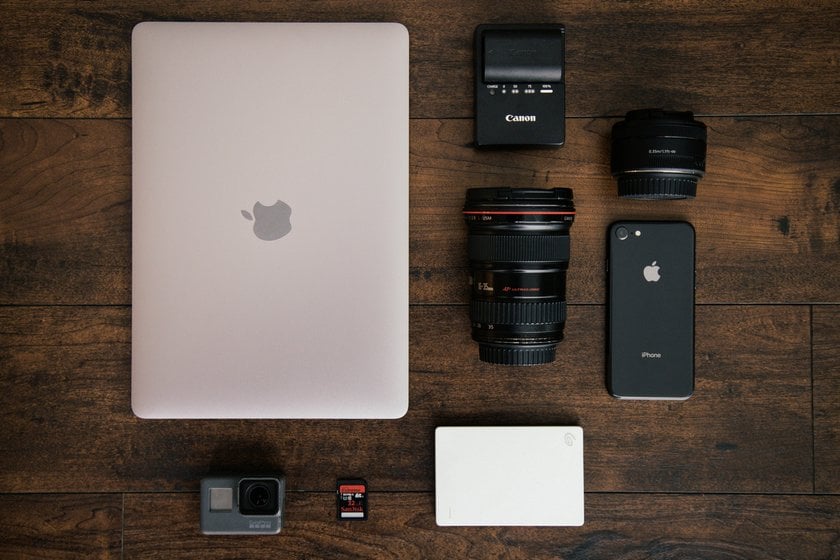
Formatting your SD card on Mac is easy, with a detailed guide at your fingertips. Step-by-step instructions on formatting an SD card using Disk Utility will help you improve your drive's performance.
SD cards are the most affordable and simple devices for storing music, videos, photos, and documents in mobile gadgets. Before you can use removable media on your Mac, format it to guarantee it works properly. Here is our step-by-step guide to formatting an SD card on your Mac.
Why Format the Memory Card to FAT 32?
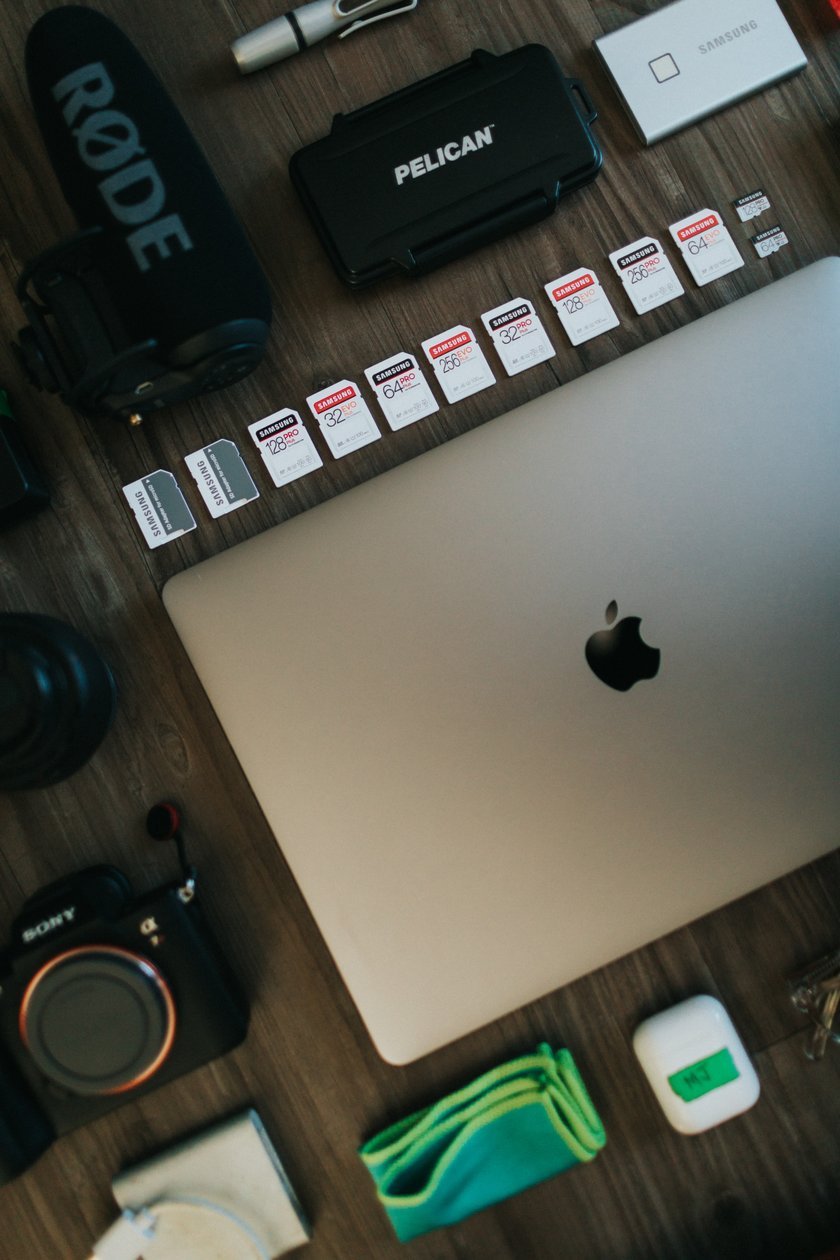
Cleaning a memory card before using it on another device is necessary in the following cases:
when changing the file system;
when an error occurs when writing or reading the memory card;
when you need to speed up the flash drive;
a higher level of privacy is required.
It is best to clear the memory card when the files are transferred to a computer or other media and back up images and files on the SD card before formatting. Check the status of downloading files and backing up all photos.
Below, we will focus on formatting a FAT 32 SD card on a Mac. For drives larger than 16GB FAT 32, formatting should be done via the Format drop-down menu.
How to Format SD Cards on Mac Using the Terminal

There are several ways for users to format SD cards on macOS. In addition, there are MacOS versions of software that make the process quite simple.
How do you format SD cards on a Mac using the Terminal? To do this, you need to perform a few actions:
Type Cmd + Space to launch Spotlight. Log in to the terminal.
Connect the card reader to your Mac and insert the drive.
To see a list of all available drives, type diskutil list. You can now see all the storage as a list. Select your device from the list.
Type the following command: sudo diskutil eraseDisk FAT 32 SDCARD MBRFormat / dev / disk2. This command will reformat the SD card on your Mac. The system may ask for a password to confirm the action.
If the steps are completed but format the storage device, proceed to the next method.
How to Clear SD Card on Mac — Guide
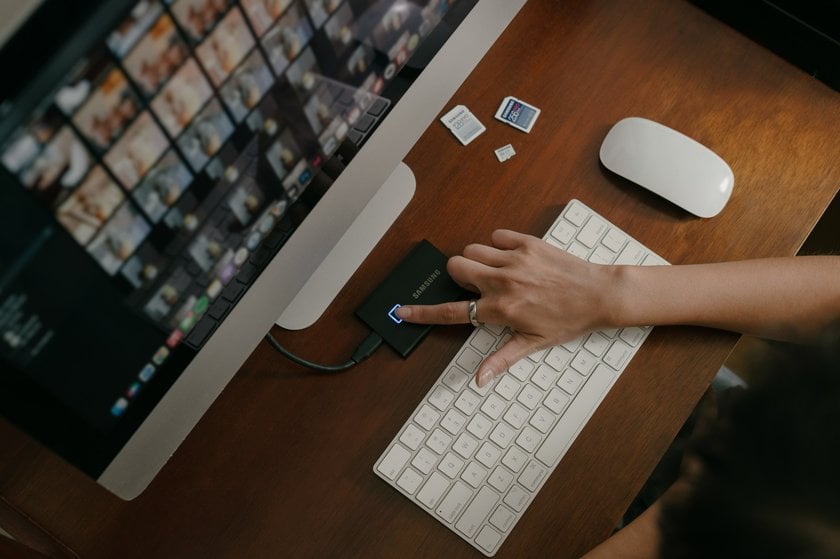
You may not always be able to format removable storage using the previous method for the following reasons:
a the virus was previously introduced;
the card was removed incorrectly earlier;
SD card is mechanically damaged;
there is protection on the device.
The first two problems can be dealt with, but if the card is damaged or you can't get past the protection, there's nothing left to do but reformat the SD card on your Mac by following the steps below.
Step 1: Insert the SD card into the Mac
Use an external card reader if your Mac doesn't have a built-in SD card slot or if the card isn't recognized.
Step 2: Access Disk Utility
Go to Applications > Utilities > Disk Utility to open the Disk Utility application.
Step 3: Locate and Select the SD Card
In the “Disc Utility” interface, select the SD card in the left pane. Be careful if you have multiple cards or drives connected.
Step 4: Initiate the Formatting Process
Once you have selected the SD card, click the “Erase” button at the top of the Disk Utility window.
Step 5: Configure Format Settings
Select a file format, such as FAT or ExFAT, in the dialogue box that appears. Refer to your camera's manual to confirm your choice. You may also see options such as NTFS or HFS+, which are designed to use the memory card as an external hard drive.
Step 6: Name the SD card
Choose a name for your SD card that will help you easily identify it in the future. If there is more than one storage, include a sequential number or letter in the name of each card.
Step 7: Execute the Formatting
With the format and name set, click ‘Erase’ to begin formatting. The length of the process depends on the size of the card, the format selected, and the speed of the card reader.
How to Format a Corrupt SD Card on a Mac
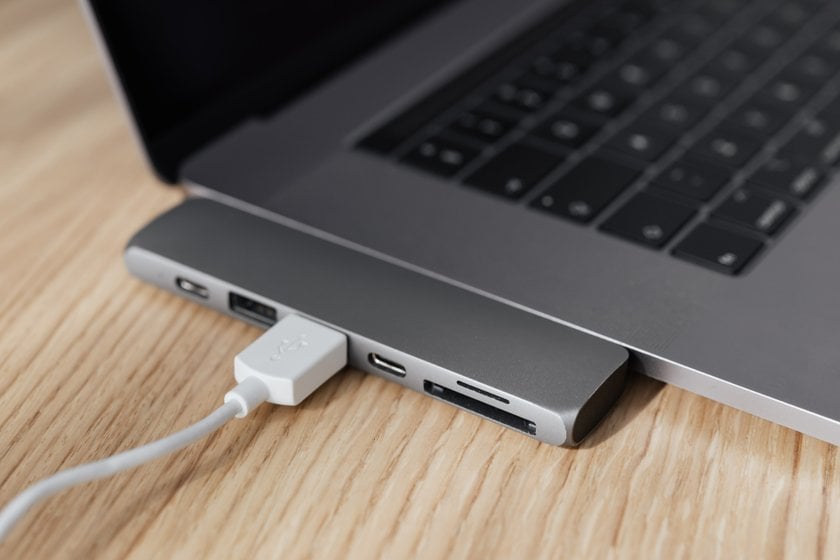
SD cards are great for expanding storage and transferring data but are not immune to problems. Signs that indicate potential corruption include error messages, files disappearing or not opening, SD card not showing up in Finder or Disk Utility, poor performance, or freezing when in use.
Method #1
Regardless of the nature of the damage, you can format a memory card on your Mac using the following manipulations:
Insert the device into the slot or adapter. Open Disk Utility. Launch it by double-clicking the icon or navigating the utility folder under Applications.
On the top toolbar, click First Aid. The ‘Show Details’ button will help you see how Disk Utility will repair your SD. Click the ‘Recover Disc’ button in the bottom right corner.
Wait for Disk Utility to complete the recovery. The progress screen will fill from left to right.
Exit Disk Utility when the progress bar fills up. Drag the SD card icon from the desktop to the Trash folder and wait for it to disappear. Carefully remove the card from the SD card slot.
If you plan to get rid of the SD card, it's a good idea to completely erase the SD card on a Mac using the dd command on a Mac.
“Card Cancellation” involves overwriting the SD card with binary data — zeros and ones. This will delete all data from the card, including all file systems and partition tables. Use this tool to remove protected partitions from SD that Disk Utility cannot handle. Only try this formatting method if you have backed up your files beforehand.
Method #2
There is another way to clear SD cards on a Mac and protect partitions. To do this, follow a few simple steps:
Open the Terminal app via Launchpad.
Enter the disc usage list.
Find the external drive you want to erase and write it. The drive should be named /dev/driveX, where X is the number of drives you erase.
Sure, the drive is unmounted by typing the following (replace /dev / diskX with the correct drive label): sudo diskutil unmountDisk/dev/diskX.
To erase data from the disc, type the following (replace /dev/diskX) - sudo dd if = /dev / zero from = /dev/diskX bs = 1m.
Allow time for the process to complete. Depending on the size of the SD card, this process may take several hours. Outputting the command will complete the message and exit the terminal application at this point. Open the Disk Utility application using Launchpad and format the disc in the selected file system. In addition to formatting, the Disk Utility application has several useful additional features.
How to Partition the Flash Drive

Partitioning is available in Disk Utility. You can make one partition in FAT and the second partition in NTFS. To do this, you need to:
start Disk Utility;
find the drive in the side menu;
click on “Disc Partition.”
The number and amount of storage are set in the “Partition Scheme.” Think of a name for each partition and set the appropriate file system on the “Format” tab. For stable operation, it is recommended to use a flash drive larger than 16 GB.
Formatting SD Cards Using SD Card Formatter: An Alternative Option
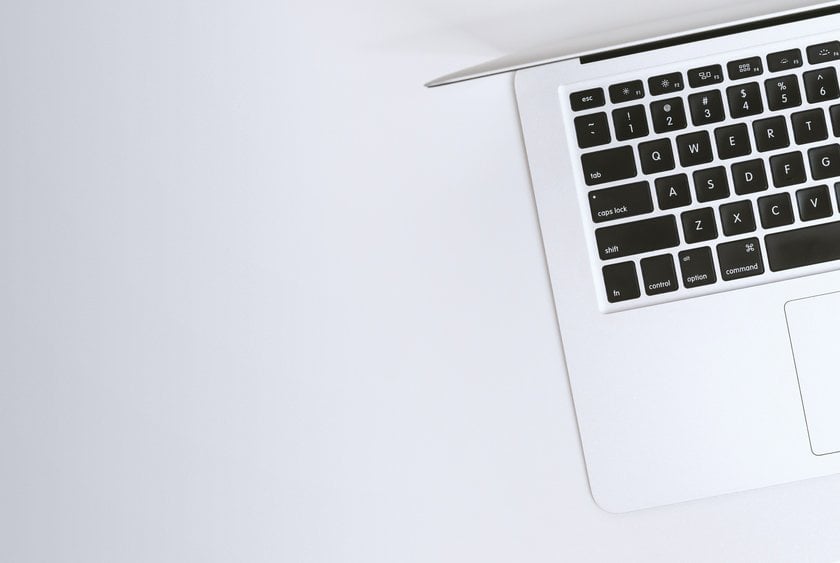
The standard utility performs everyday tasks for the average user. Use other formatting programs as an alternative.
SD Formatter
SD Formatter is an application that formats SD cards on a Mac. It is recommended that you download the application only from the official website. SD Formatter can format any device or file system. The user can choose between fast and overwrite formats. The program's compatibility with flash drives means the formatting procedure does not harm the device. SD Formatter supports SDXC and microSDXC from 32GB to 2TB.
iPartition
The app lets you partition, delete, and format removable drives. The wiping process takes a few minutes, and formatting follows the same scheme for a simple flash drive and an external hard drive. The trial version is sufficient for common tasks. It is recommended that you purchase the program only from the official website.
Inference
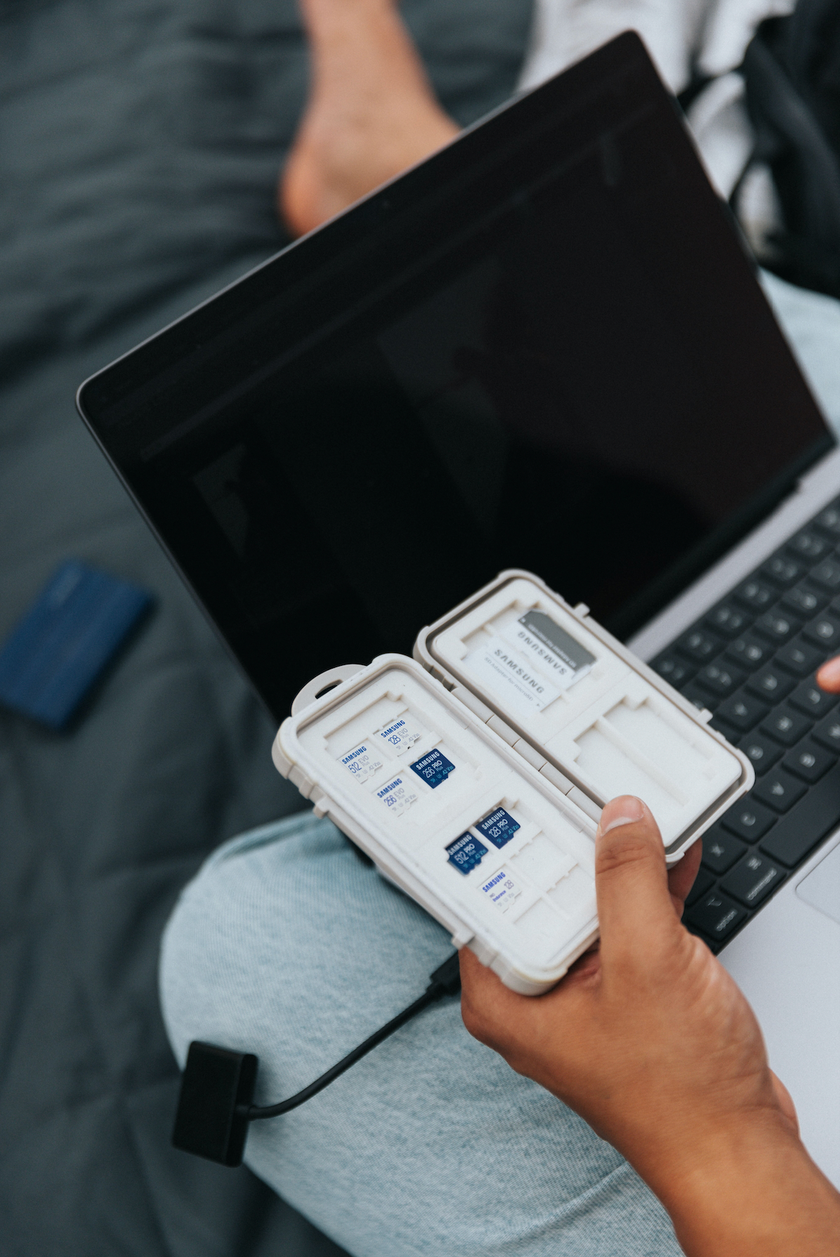
Using the methods described above, you can clean your storage devices and prepare them for use in new projects. Be careful when formatting a memory card, especially with Disk Utility. This can delete data from another device, and the files cannot always be recovered.

 >
>

